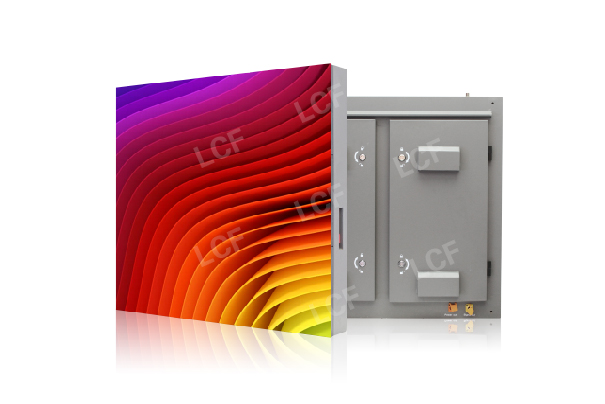Publisher: Supplier of LED Display Time: 2018-06-05 Views: 4017
LED video processor is also called screen processor, image converter, video controller, image processor screen converter, video format converter independent video source, etc.
The LED video processor is the witness and key equipment for the birth, growth and maturity of the screen processor LED full-color display. The quality of the LED video processor directly affects the display effect of the LED display. The binding use of the LED video processor and the display screen greatly facilitates the wide application of end users and improves the depth of the use of the LED display screen.
The full-color LED multi-screen video image processor is a high-performance image processing and control equipment for full-color LED launched by a national high-tech enterprise. The device integrates many years of rich experience in video image processing, high-definition signal processing and display, adopts patented technology hardware design, and is designed in combination with the special requirements of full-color LED screen display, which can accept and process a variety of different video graphics signals at the same time. , and displayed on the full-color LED display.
So how does the LED video processor work, do you know? Let me introduce to you below.
1. Resolution specification conversion: Generally speaking, the signal resolution provided by image signal sources (such as Blu-ray DVD, computer, high-definition playback box, etc.) has fixed specifications (refer to VESA, ITU, SMPTE and other standards), while LED display The modular splicing display of the screen makes its resolution almost any value. The video processor converts the various signal resolutions to the actual physical display resolution of the LED display.

2. Color space conversion: The color gamut of the LED display is very wide, while the color space of most image signals is relatively small (such as NTSC). In order to make the LED display screen have excellent image display effect, color space conversion must be carried out.
3. Bit depth improvement: The gray level of the current LED display has been increased to 16 bits and 17 bits, but most of the input signal sources are only 8 bits. Therefore, following the footsteps of the high-definition display era, the application of 10-bit or even 12-bit processing technology in video processors is the general trend.
4. Zoom: In the process of resolution specification conversion, the image needs to be zoomed, whether the resolution is increased or decreased, the complete image can be displayed on the screen.
5. Image processing and enhancement technology: Since the development of digital image processing technology in the 1920s, a large number of patented technologies have emerged. For example, DCDi, ACC2, ACM3D, etc. have won a series of patented technologies from the Emmy Award-winning Faroudja Lab. These technologies undoubtedly make the visual effect of the image greatly improved.